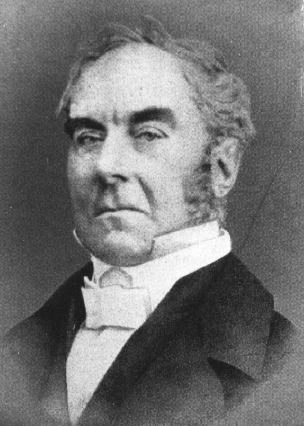|
"We find that the Poor rates of the township have of late
years greatly increased, by which we find ourselves greatly
oppressed. Therefore we do hereby agree and with the consent of
the Lord of the Manor, and owners in the parish, to take in 5 acres
of common at a proper place between the Town of Barwick and High
Rake beck for the benefit of the poor; and for to build a workhouse
upon, which seems to us, that it would be of great advantage to
help to lower the Poor rates of the Parish. And as the Lord of the
Manor has subscribed 10 guineas, other principal owners we hope
will subscribe towards building the said poorhouse, by being
applied to by the parishioners. And we do finally agree that the
land be taken in; and that the house be built immediately by the
Overseers of the Poor ." |

